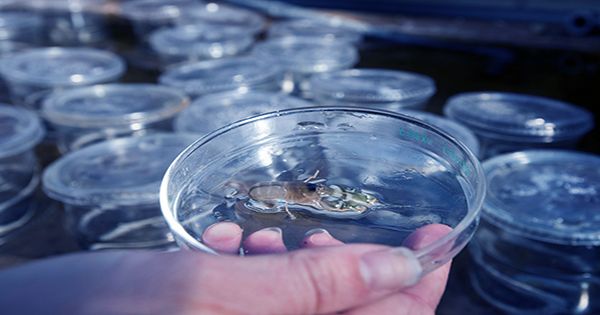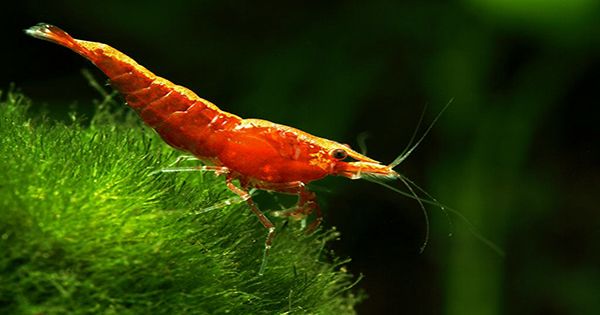It is easy to assume that big things are more powerful than small things, but in the animal kingdom, we repeatedly find examples of Daddy critics doing surprisingly powerful things. One such small protagonist has described in a new study in current biology: a shrimp-like creature known as an amphibian. These minute scavengers range from 1 to 340 millimeters and one fingernail is of medium size, the other (much like the famous snapping shrimp) is relatively large at about one-third of the body mass of amphibians. Researchers have discovered that they can snap their nails in less than 0.01 seconds, making them the fastest snapper in the ocean.

Researchers from Duke University’s Patek Lab – which specializes in everything from small superpower – first became aware of the amp-super-click after someone sent their video. Interested in the mechanics of sharp snappers, veteran writer Sheila Patek and colleagues took up the challenge of finding out what was happening. Studying under a microscope is not an easy task when you are working with an organism. The male Dulichela appendiculata, who looked at this enlarged Helboy-escu “doom’s right hand” nail, discovered that the total click was a movement about the width of a human hair, and that it occurred in less than 0.01 seconds. Snaps constitute the smallest and fastest of any documented repetitive movement, making it even more significant that it performed in a submarine where an opposing force was present around you.
Snaps are actually so fast that they generate aqueous jets, some of which were fast enough to form a cavity bubble when a sudden change in the pressure of the liquid occurs that makes an audible pop sound. It may sound pretty, but researchers think it probably used as a defense. It is a scary world when you are younger than the pinhead. “The really amazing thing about these amps is that we’re sitting on the edge of what we think is possible in terms of how small they can be and how fast they can go without self-destructing,” Patek said in a statement. “If they had done it faster, their bodies would have collapsed.” The pistol shrimp also plays a significantly larger size of one claw than the other plays and is quite a snapper in itself. Able to drop at speeds of about 100 kilometers per hour (62 miles per hour), they create a cavitation bubble that produces sound and light, known as sonoluminescence. The phenomenon is the result of a catastrophe behind the water with a negative pressure on the inside of the water bubble that causes a momentary explosion of heat and light force rather than stunning its prey. The sound of a “shrimp layer” joins the herring farms as a real headache for the submarine crew.















